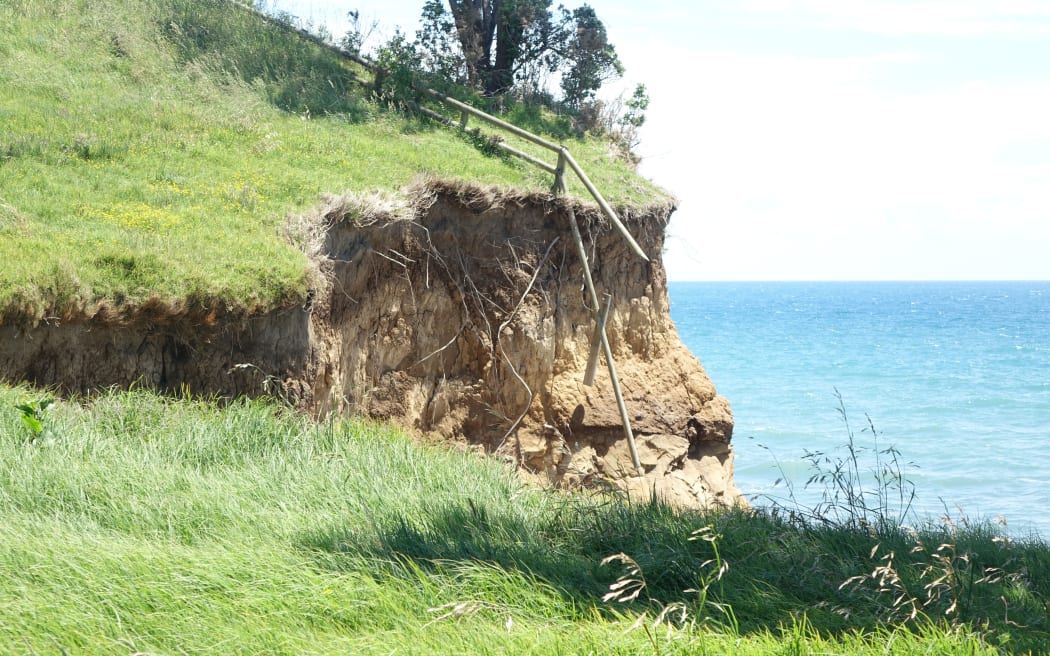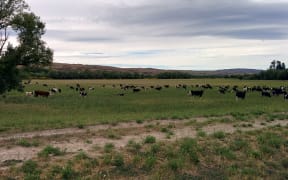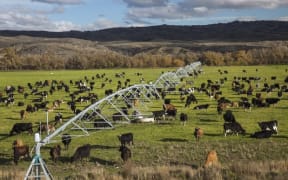A new report has found New Zealand is losing 192 million tonnes of soil every year from erosion.

Erosion in Taranaki. Photo: Robin Martin / RNZ
In addition, nearly 83 percent of native birds, bats, reptiles and frogs are classified as threatened or at risk of extinction.
The report is called Our Land 2018, and has just been released by the Ministry for the Environment and by Statistics New Zealand.
The report stressed that ecosystems above and below ground sustained every aspect of life in this country, including the nation's two big earning industries, agriculture and tourism.
But they were not being well looked after.
Among the problems was a continued loss of indigenous land cover.
Between 1996 and 2012 there was a net loss of 31,000 hectares of tussock grassland, 24,000 hectares of indigenous shrubland, and around 16,000 hectares of indigenous forests, through clearance, conversion, and development.
Although these areas represented a small proportion of each land cover type, the ongoing loss continued to threaten indigenous biodiversity.
Coastal and lowland ecosystems were also under threat.
So was fauna: the conservation status of seven bird species, three gecko species, and one species of ground weta were worsening.
While conservation measures had helped to offset this, with 20 bird species improving in status, half of those were dependent on intensive conservation measures to make any real progress.
Except for some offshore islands and fenced sanctuaries, exotic pests were found almost everywhere in New Zealand.
Predation and plant-eating by pests, as well as disease and competition from weeds, continued to threaten indigenous biodiversity.
The erosion problem was severe, and even grass cover was failing to prevent it - 44 percent of soil losses came from pasture land.
The report said the loss of tree cover was largely responsible for this problem.
Soil conditions were slightly better: 83 percent of tested sites had approved levels of several minerals, including carbon and nitrogen.
But there were problems with too much soil density and not enough air spaces within the soil.
This made soil less productive.
It could also impede drainage and increase greenhouse gas emissions.




